Twin cities of Miskolc
In Hungary, Miskolc is one of the most active twinning cities, which shows that Miskolc is a welcoming city that seeks and nurtures contacts all over the world. These relations are not only symbolic ones, but can rather be described as collaborations, which are most present in the fields of education, culture and economy, in addition to the decades-long links represented by the names of certain parts of the city, streets, squares, the tree row in Heroes' Square and now the plaques on the ledge of the Avas Lookout Tower. In addition, Miskolc regularly hosts students from its twin cities at its twin city camps in Balatonmáriafürdő.
Asan (South Korea)
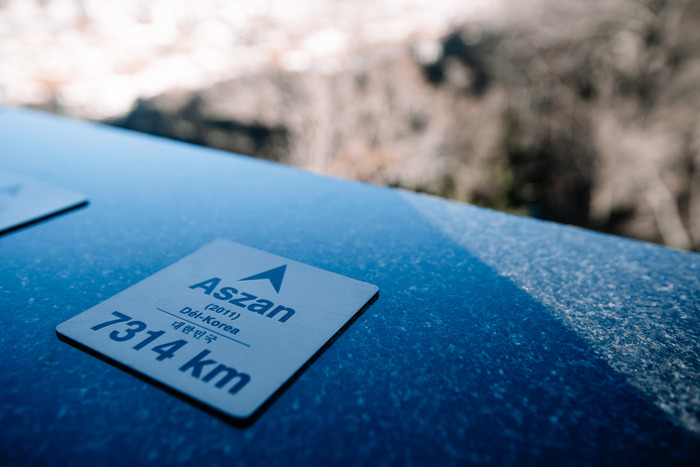
| START OF COOPERATION | 2011 |
| POPULATION | 319,925 people (2015) |
| DISTANCE FROM MISKOLC | 7314 km |
Asan (Aszan), located to the south of Seoul, is a dynamically developing city, industrial and commercial centre. It is the most remote of Miskolc's twin cities. Despite the distance, Miskolc has one of the most balanced relations with its South Korean twin city, based on regular professional meetings. The cooperation between the two cities is primarily aimed at economic development. Since the signing of the twinning agreement on 16 November 2011, several professional groups have visited Miskolc to discuss among other topics tax issues, wastewater treatment, geothermal energy, but the University of Miskolc and Hoseo University in Asan have also signed a cooperation agreement, so the two cities are also collaborating in the field of education.
Aschaffenburg (Germany)
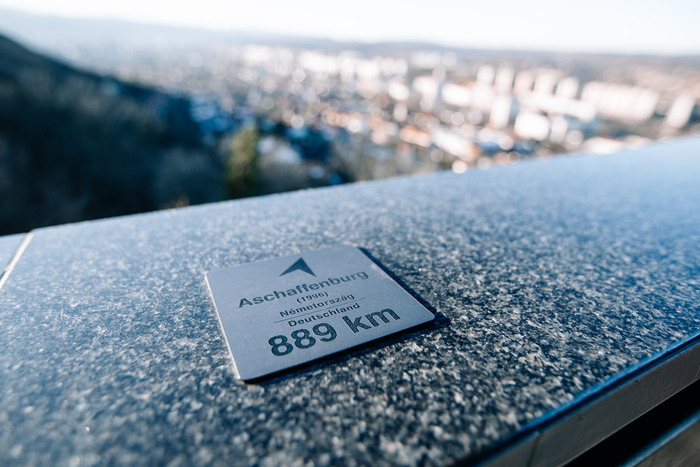
| START OF COOPERATION | 1996 |
| POPULATION | 70,527 people (2019) |
| DISTANCE FROM MISKOLC | 889 km |
The relationship with the small Bavarian town, established almost thirty years ago, goes beyond the symbolic, and the cooperation is manifested in many areas. Smaller and larger collaborations are present in the fields of sport, culture, education and economy. The twinning relationship with Aschaffenburg is characterised by musical and artistic visits and frequent student exchange programmes. In addition to joint training of firefighters, the town has also made several donations of material and equipment to support our city's inclusion programmes. The Aschaffenburg Municipal Public Utilities, which work in regular cooperation with Miskolc Holding Plc, play a special role. It is interesting to note that Miskolc has also "borrowed" the tradition of the so-called "mayor's decorative necklace" from Aschaffenburg, which is worn by the mayor on ceremonial occasions.
Burgas (Bulgaria)
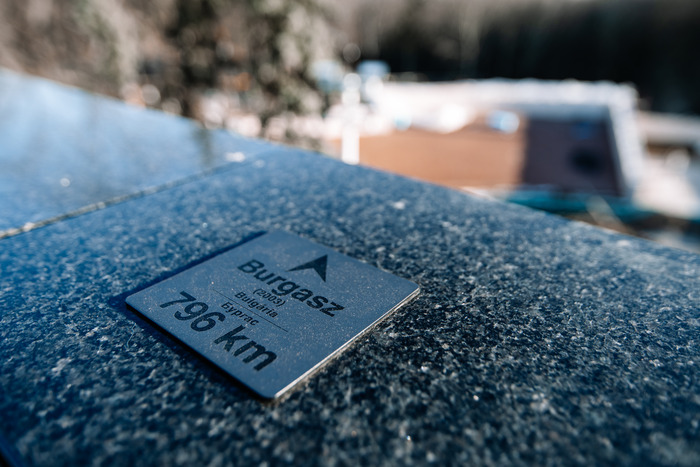
| START OF COOPERATION | 2003 |
| POPULATION | 210,136 people (2024) |
| DISTANCE FROM MISKOLC | 796 km |
Burgas is the fourth largest city in Bulgaria, an industrial centre, port and resort on the westernmost coast of the Black Sea. The two cities signed a twinning agreement in 2003 with the aim of establishing close ties, developing the economy, science and culture, preserving national traditions and solidarity in all aspects of social and economic life. One of the best proofs of the achievement of these goals is the fact that students from Burgas regularly participate in Miskolc's twin city camp in Balatonmáriafürdő, and the hospitality of Miskolc is regularly returned by Burgas, thus many students from Miskolc have had the opportunity to spend a holiday in Burgas. Another twin city, Asan, has also adopted a similar twin city camp programme.
Cleveland (USA)
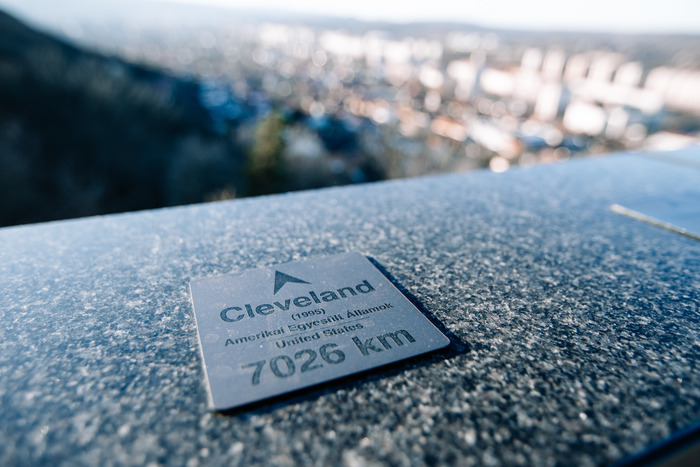
| START OF COOPERATION | 1995 |
| POPULATION | 372,624 people (2020) |
| DISTANCE FROM MISKOLC | 7026 km |
Three years before the agreement was signed, communications with this city in the northern US state of Ohio had already begun. The main driving force behind the establishment of the twinning relationship with Cleveland was the search for economic cooperation after the change of the political system, so in the beginning local entrepreneurs travelled with the Miskolc delegation, while Cleveland sent teachers to Miskolc to teach English. Our city's industrial history and university education, similar to Cleveland, played a decisive role in choosing Miskolc as a twin city instead of Kecskemét or Székesfehérvár. The good relationship between the two cities was helped by the large Hungarian diaspora living in Cleveland, including several Miskolc expatriates. For example, there was also a Hungarian sheriff in the city in Ohio. Miskolc still maintains a lively relationship with Cleveland, mostly through online conferences and exchanges of city leaders.
Košice (Slovakia)
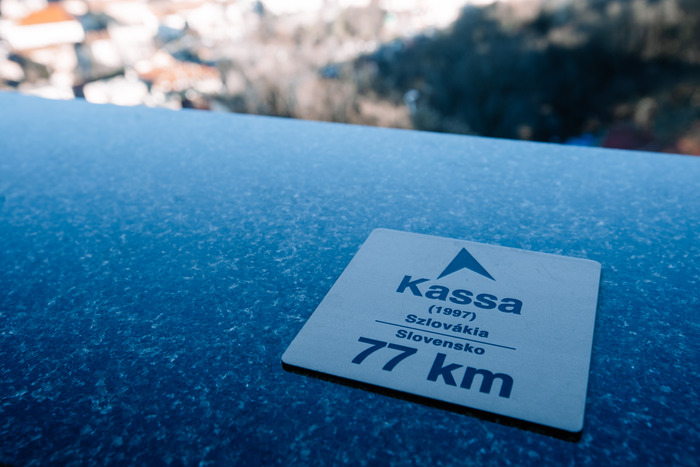
| START OF COOPERATION | 1997 |
| POPULATION | 229,040 people (2021) |
| DISTANCE FROM MISKOLC | 77 km |
The former regional rivalry has now turned into regional cooperation with Slovakia's second largest city. Although local newspapers in the 70s and 80s referred to the eastern Slovak city as a twin city, the relationship between the two cities became official in 1997. The partnership between Košice and Miskolc is perhaps one of the best examples of how a twinning 'marriage' goes beyond the symbolic: there is ongoing, effective and efficient cooperation in the fields of culture, economy and sport. The Košice-Miskolc Ultramarathon, organised every year by representatives of the two cities, is one of the most remarkable examples of the latter. The event, which has become a tradition, is usually attended by athletes from Katowice and Ostrava as well. The recent opening of a motorway between the two cities is a major boost to economic cooperation between the two cities, linking Košice and Miskolc not only by a shared industrial past and history, but also by a motorway.
Katowice (Poland)
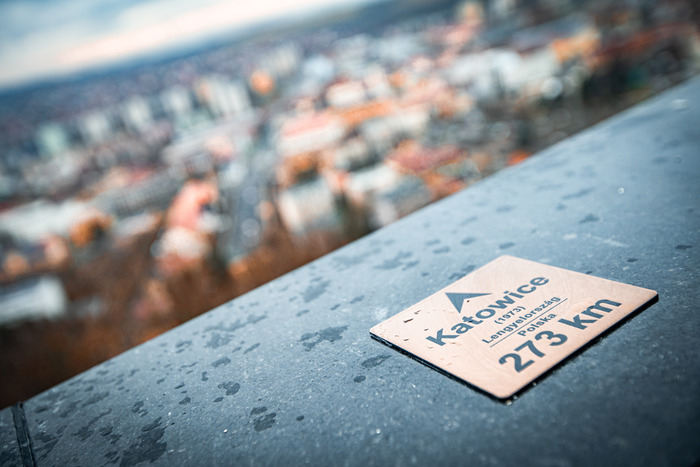
| START OF COOPERATION | 1973 |
| POPULATION | 285,711 people (2021) |
| DISTANCE FROM MISKOLC | 273 km |
Like Košice, Katowice has a rich industrial heritage and is located in the centre of the largest agglomeration in Poland. It is interesting to note that the twinning agreement between the two cities dates back to 1973, with documents referring to Katowice as a twin city as early as 1959. The cooperation between the two cities was officially confirmed in 2005. The relationship with Katowice is still very lively, with the two cities regularly hosting each other, and sporting events organised in turn by Miskolc and Katowice. In 2016, a bilingual publication was produced entitled Miskolc and Katowice - true brotherhood. In the past, there was a Hungária Restaurant and a Miskolc Café in Katowice, and you can still find the Friends of Miskolc Square (Plac Przyjaciół z Miszkolca w Katowicach), while in Miskolc a street has borne the name of the Silesian city since 1969. In the spirit of brotherhood, Miskolc pays special attention to the Day of Polish-Hungarian Friendship (23 March), while in Katowice, a Hungarian Day is celebrated every September.
Kayseri (Turkey)
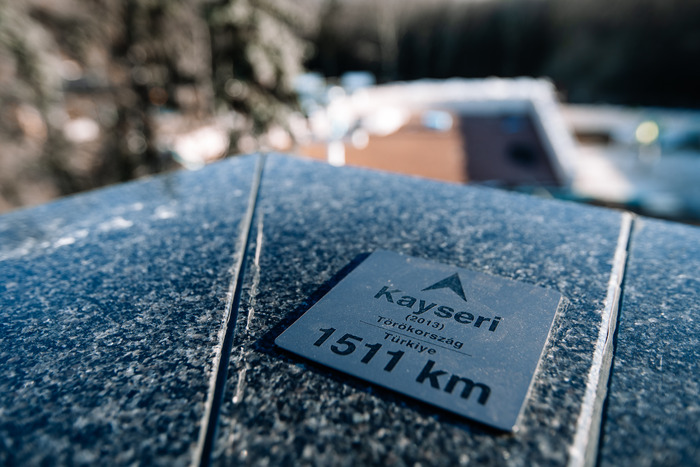
| START OF COOPERATION | 2013 |
| POPULATION | 1 389 680 people (2018) |
| DISTANCE FROM MISKOLC | 1511 km |
The economy of the Turkish provincial seat is growing at such a rate that it has been included in the so-called "Anatolian Tigers", which includes the most dynamically growing Turkish cities. It was also economic ambitions that led to the cooperation between the two cities, which was made official by the city leaders on 21 May 2013. Since then, the cooperation between Kayseri and Miskolc has mainly been in the economic field. Entrepreneurs from the two cities have hosted each other on several occasions, while the Borsod-Abaúj-Zemplén County Chamber of Commerce and Industry and the Kayseri Chamber of Commerce signed a cooperation agreement as well. The University of Miskolc and Erciyes University also signed a cooperation agreement, and young people from Kayseri regularly participate in the Balatonmáriafürdő twin city camps of Miskolc, which was returned by the Turkish city, which hosted students from Ilona Zrínyi Secondary Grammar School and Ferenc Földes Secondary Grammar School.
Ostrava (Czech Republic)
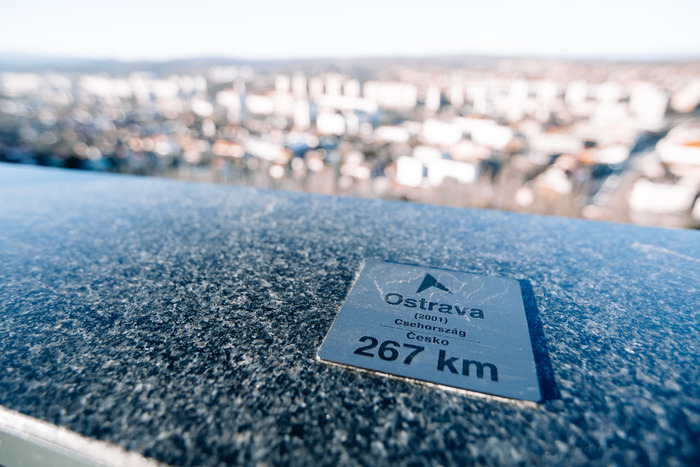
| START OF COOPERATION | 2001 |
| POPULATION | 283,504 people (2023) |
| DISTANCE FROM MISKOLC | 267 km |
The partnership with Ostrava was established to boost V4 relations, following the twinning agreements Miskolc signed with Košice and Katowice. Košice, which is also a twin city of Ostrava, played a key role in establishing the relationship. The four cities are linked not only by the V4 alliance, but also by a similar heavy industrial past. Ostrava is also a permanent participant in the V4 sports meetings, which are organised on a rotation basis between the Mayors’ Offices of the four cities, where Czech, Slovak, Polish and Hungarian teams compete in various sports. But it is not only in the field of sport that the two cities cooperate effectively: there are also regular exchanges of expertise in industry, infrastructure development and tourism. Over the last twenty years, several NGOs from Ostrava and Miskolc have cooperated, while delegations of city leaders regularly visit each other during city festivals.
Vologda (Russia)
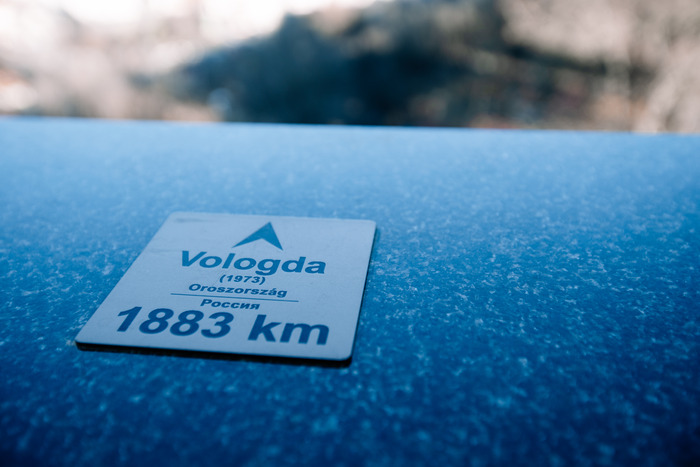
| START OF COOPERATION | 1973 |
| POPULATION | 312,420 people (2018) |
| DISTANCE FROM MISKOLC | 1883 km |
The twinning "marriage" with Vologda is a legacy of socialist system. The two cities started relations as early as 1970, but the cooperation was only formalised three years later. It was then that not only Vologda and Miskolc, but also Vologda County and Borsod-Abaúj-Zemplén County entered into a partnership, although these relations were only of a formal nature, except for the first few years. In the beginning, besides visiting delegations in each other's cities to get to acquaint themselves with each other, relations were mainly built through sporting events (Dinamo Vologda played a prestigious match against DVTK and MVSC), and in 1976, in a solemn naming ceremony, the residential area known as "Connecting Blocks 2 and 3" was named after the Russian city.
Tampere (Finland)
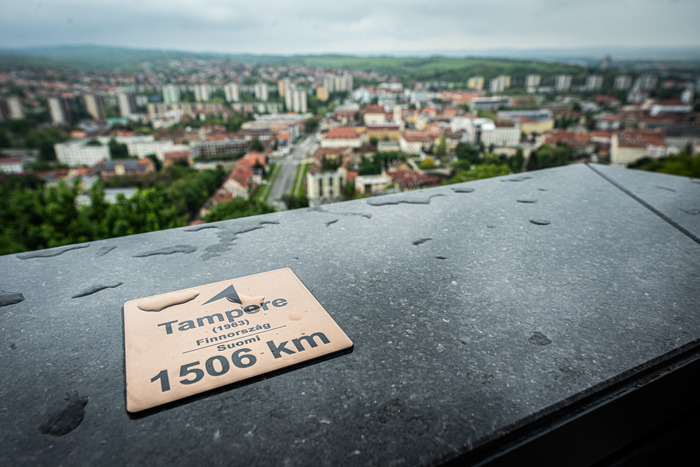
| START OF COOPERATION | 1963 |
| POPULATION | 255,333 people (2024) |
| DISTANCE FROM MISKOLC | 1506 km |
Miskolc's first twinning relationship is also one of the most dynamic. The two cities regularly invite each other to constructive exchanges of experience and conferences. On the 60th anniversary of the twinning (2023), the two cities hosted each other within three months. The visit of the two delegations was enriched by a programme of activities to promote the good relations between Tampere and Miskolc. This excellent relationship between the two cities is not new, as evidenced by the fact that in 1986 the residential area on the eastern side of the Avas housing estate was named after the southern Finnish city after its completion.
Yantai (China)

| START OF COOPERATION | 2015 |
| POPULATION | 7,102,100 people (2023) |
| DISTANCE FROM MISKOLC | 7003 km |
The cooperation with the eastern Chinese city is built on economic principles, which is based on the relationship with the Wanhua Group, which owns the neighbouring chemical company. Wanhua is owned by the city of Yantai, and the company as well as the Chinese city are constantly looking for opportunities for cooperation in the region, not only in the field of economy, but also in the fields of education and culture. So, it is no coincidence that in 2012 the University of Yantai and the University of Miskolc signed a cooperation agreement, and so did the Yantai Art Gallery and the Herman Ottó Museum in June 2018. Delegations from the two cities are regularly visit each other’s city, so in spite of the great distance, the relationship is lively. With its population of more than seven million, Yantai is by far the most populous twin city of Miskolc.